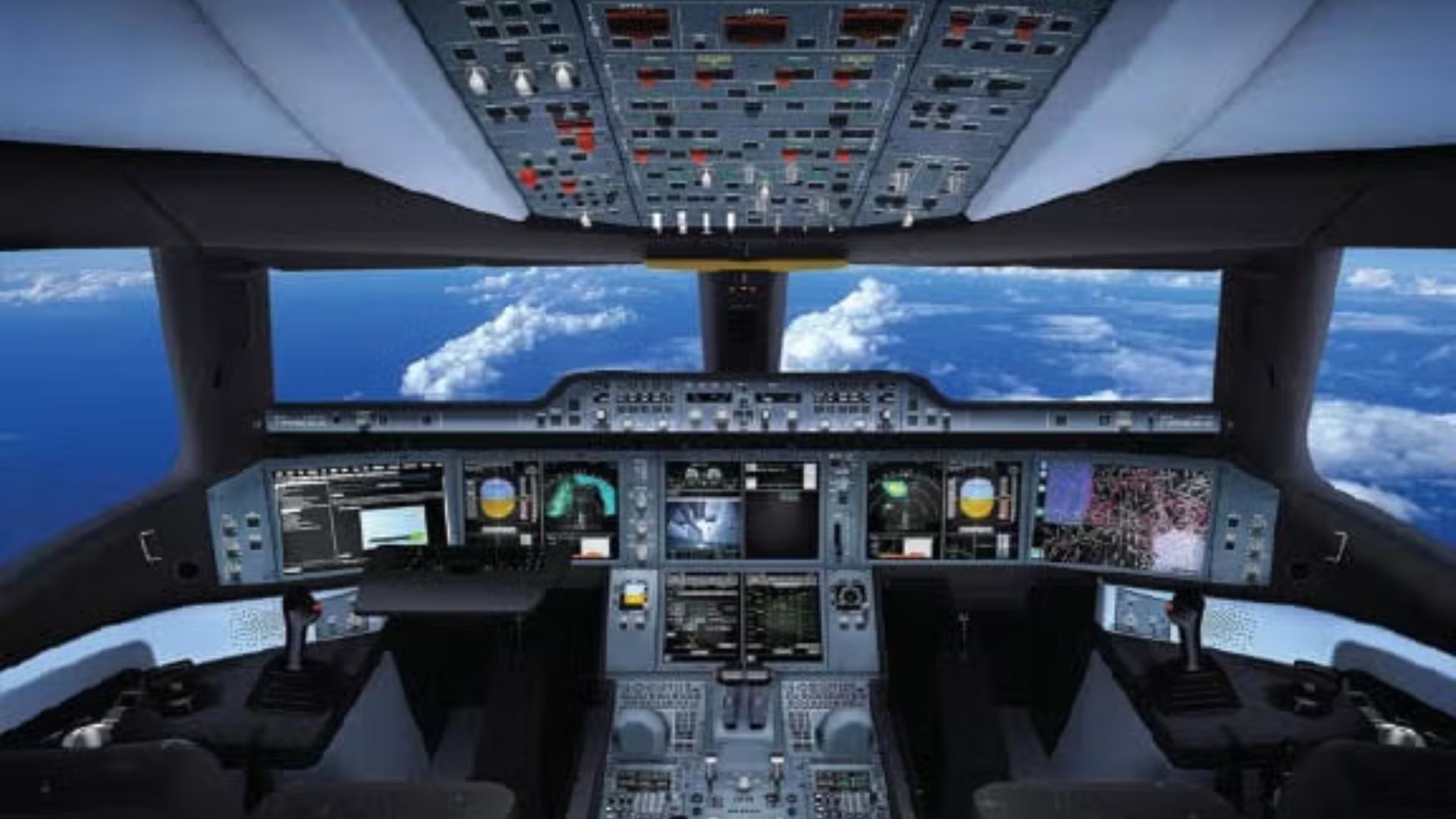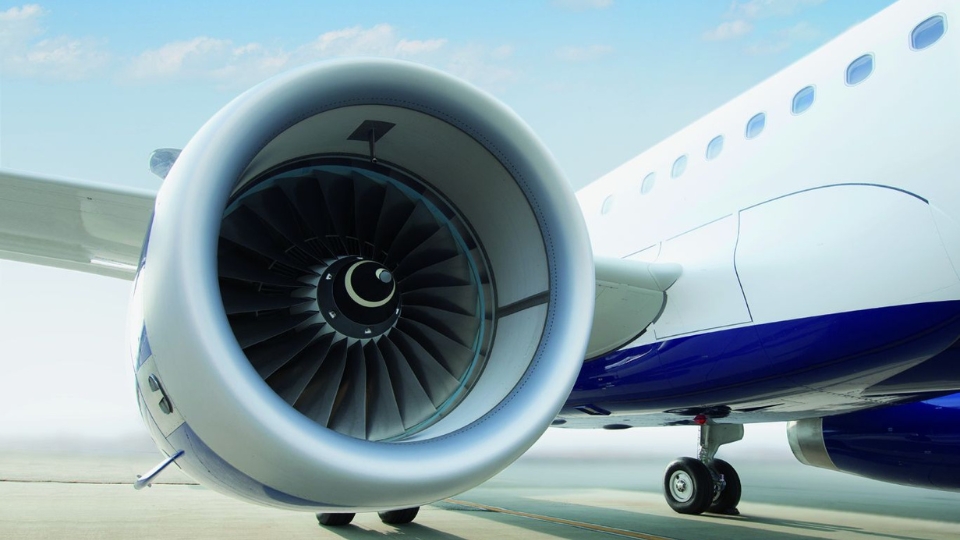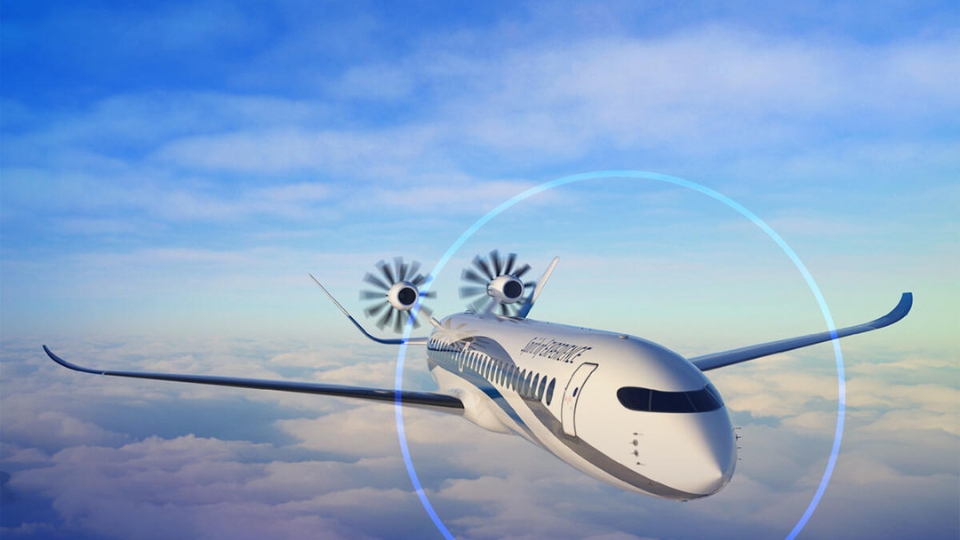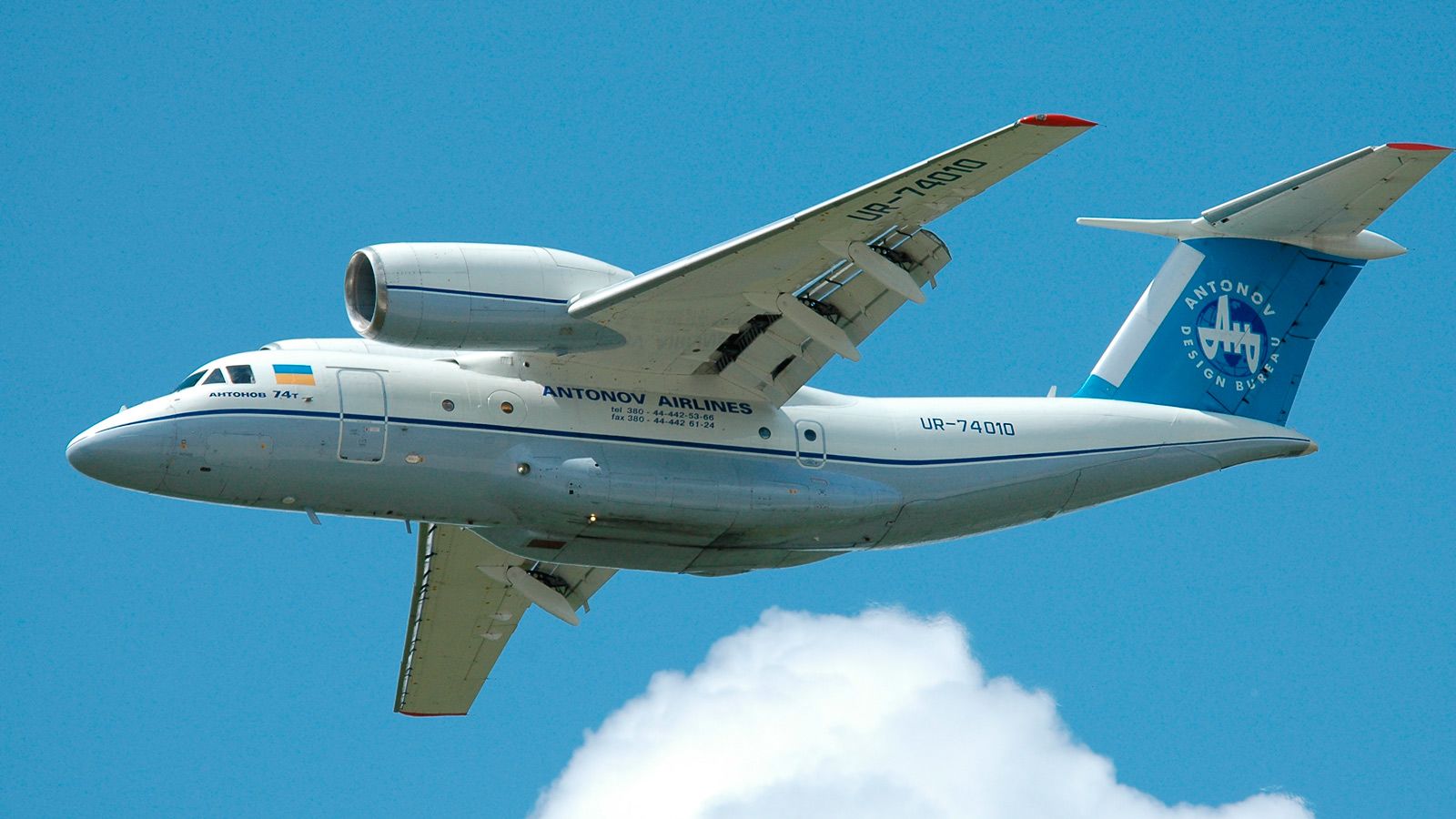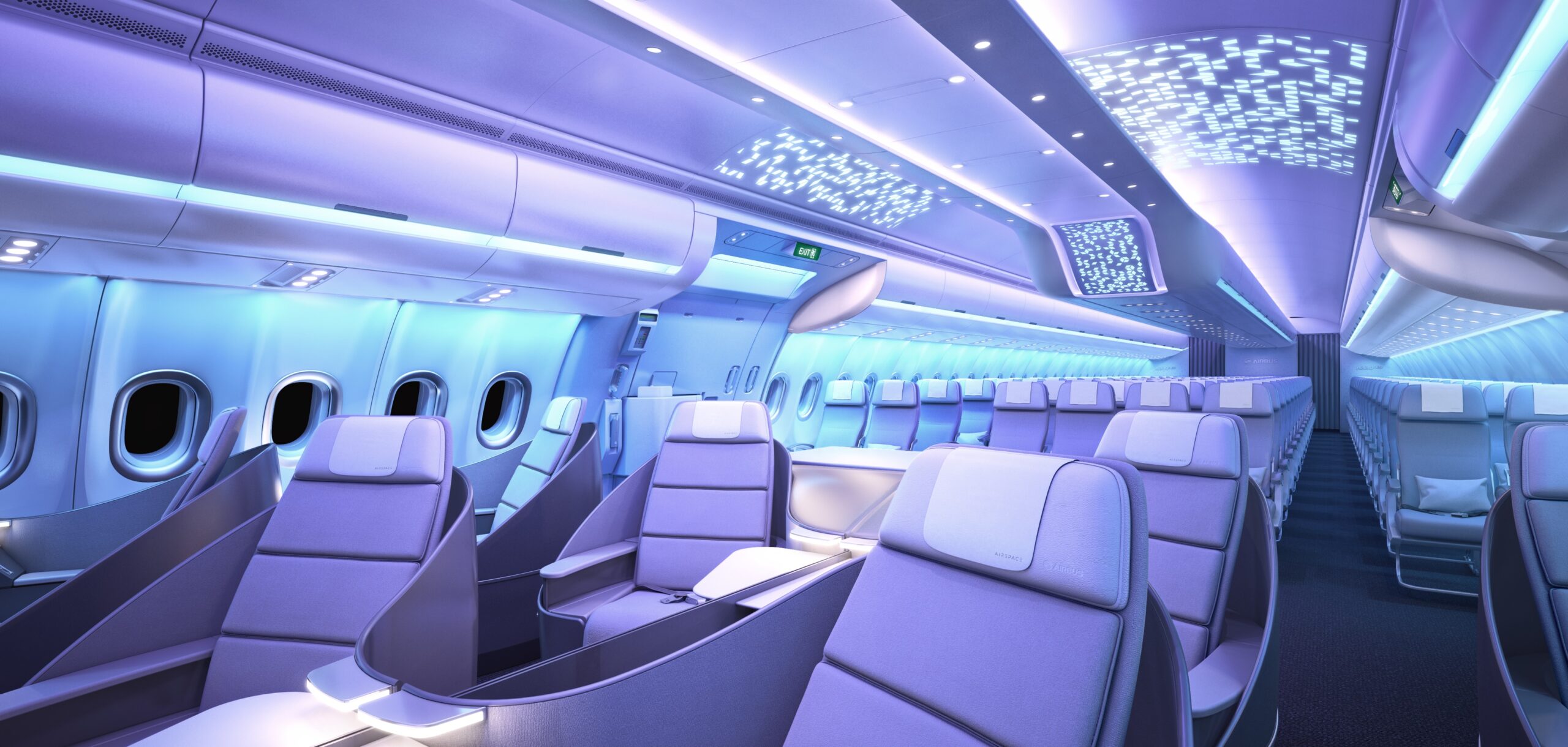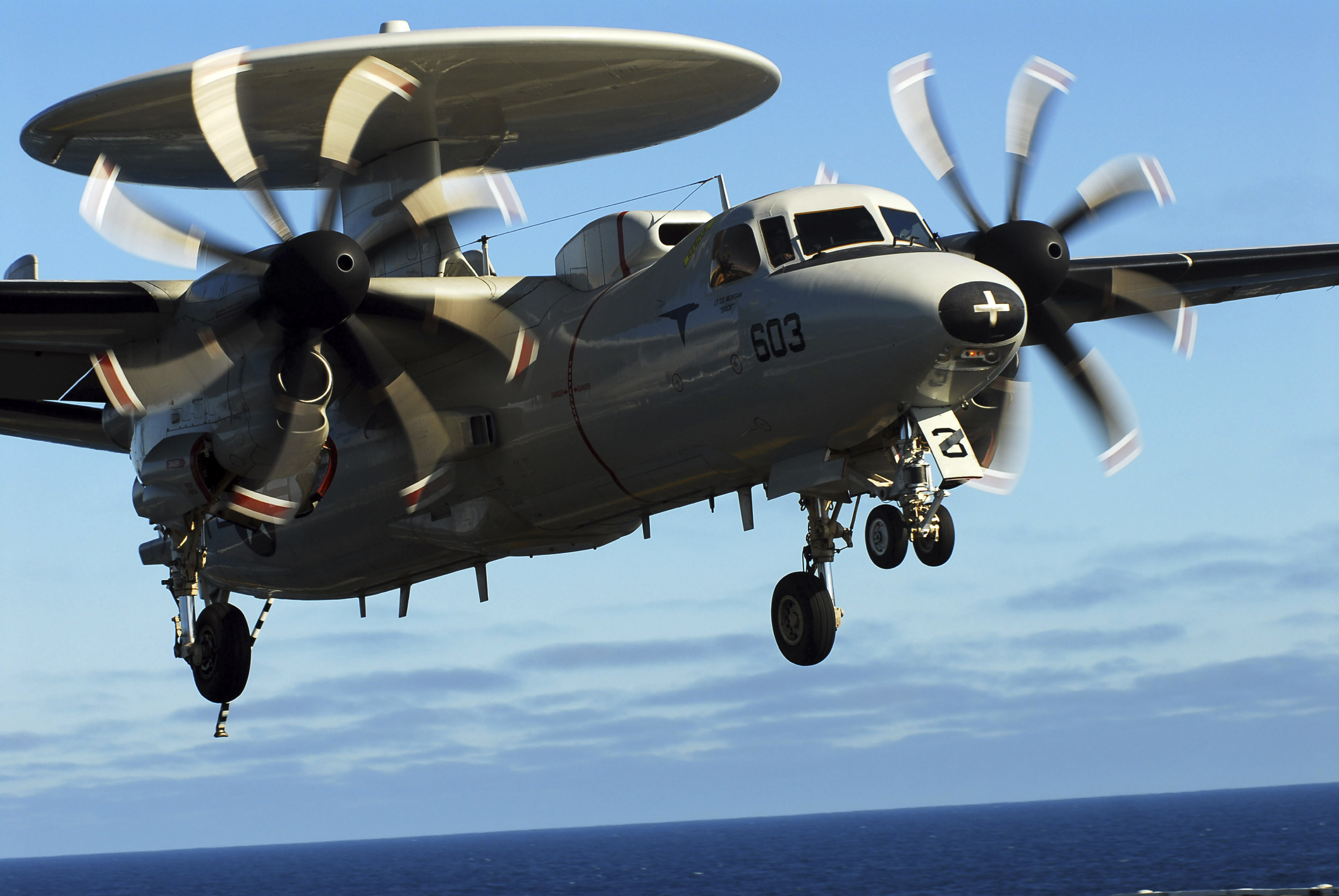Step inside the cockpit of a modern aircraft, and you’ll see far more than switches and gauges. Today’s cockpits are high-tech hubs powered by advanced avionics systems—the electronic backbone that supports flight navigation, communication, monitoring, and control. These systems dramatically increase flight safety, efficiency, and pilot awareness.
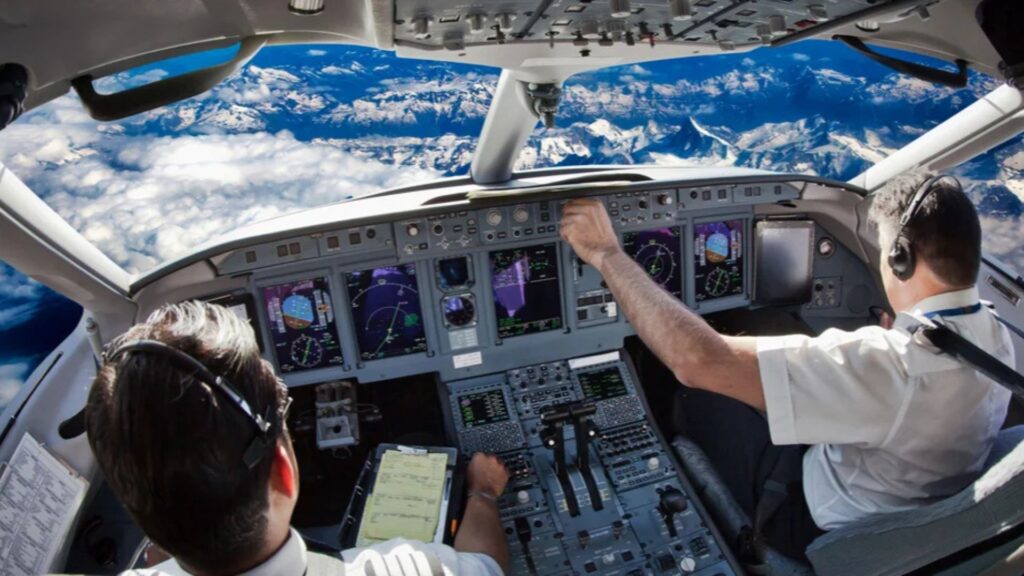
What Are Avionics?
Avionics refers to the electronic systems used on aircraft. The word is a blend of “aviation” and “electronics.” These systems handle a range of tasks—from guiding the plane along its route to monitoring engine performance, managing communication with air traffic control (ATC), and even landing the aircraft automatically.
Modern avionics integrate seamlessly into what’s known as the glass cockpit—a flight deck dominated by digital displays instead of traditional analog instruments. These displays show vital data like altitude, speed, heading, engine status, and weather conditions.
The Glass Cockpit Revolution
Gone are the days of dozens of dials and analog gauges. Glass cockpits, now standard in commercial and private jets, use LCD or LED screens to provide pilots with real-time, customizable information.
Key components include:
-
Primary Flight Display (PFD): Shows attitude, speed, altitude, and heading.
-
Multi-Function Display (MFD): Displays navigation maps, weather radar, traffic information, and engine data.
-
Engine Indication and Crew Alerting System (EICAS): Monitors engine performance and alerts pilots to malfunctions.
These digital systems reduce pilot workload, improve situational awareness, and allow for quicker, more informed decision-making.
Navigation: Staying on Track with Precision
Avionics systems allow aircraft to follow precise flight paths, even in poor visibility. Pilots rely on tools like:
-
Global Positioning System (GPS): Provides real-time aircraft location with pinpoint accuracy.
-
Flight Management System (FMS): Automates navigation by integrating GPS data with pre-programmed flight plans.
-
Inertial Navigation System (INS): Uses accelerometers and gyroscopes to determine position when GPS signals are lost.
-
Instrument Landing System (ILS): Guides aircraft during landing approaches, especially in low-visibility conditions.
Together, these tools ensure the aircraft stays on course from takeoff to landing—even when pilots can’t see the runway.
Communication Systems: Staying Connected
Reliable communication is critical in aviation. Modern aircraft are equipped with VHF radios, HF radios, and satellite communication (SATCOM) systems that allow pilots to stay in contact with ATC, dispatchers, and even other aircraft.
In addition, ACARS (Aircraft Communications Addressing and Reporting System) allows aircraft to send automatic messages to airline operations centers, updating them on fuel status, position, and performance metrics.
These systems ensure everyone involved in the flight—pilots, controllers, and ground crews—are in constant communication.
Autopilot and Flight Control Systems
Most aircraft today feature autopilot systems capable of flying from climb to descent with minimal pilot input. While pilots still monitor systems and intervene when necessary, autopilot can:
-
Maintain altitude and heading
-
Follow complex flight paths
-
Execute precision approaches and landings
-
Reduce pilot fatigue on long-haul flights
Avionics also include fly-by-wire systems, which replace manual flight controls with electronic ones. These systems offer smoother handling, prevent dangerous flight maneuvers, and reduce the likelihood of human error.
Safety Enhancements
Modern avionics enhance safety with tools such as:
-
Traffic Collision Avoidance System (TCAS): Warns of nearby aircraft.
-
Terrain Awareness and Warning System (TAWS): Alerts pilots if the aircraft is too close to terrain.
-
Weather Radar Systems: Provide real-time images of storms, turbulence, and lightning.
These features help pilots anticipate and avoid hazards before they become critical.
The Future of Avionics
The future promises even more advanced avionics with artificial intelligence, augmented reality displays, and predictive maintenance systems. These innovations will further reduce human error, enhance decision-making, and make air travel safer and more efficient.
Conclusion
Avionics form the heart of every modern aircraft cockpit. From navigation and communication to automation and safety, these systems allow pilots to operate aircraft with greater precision and confidence than ever before. As technology continues to evolve, avionics will play an even greater role in shaping the future of aviation.

